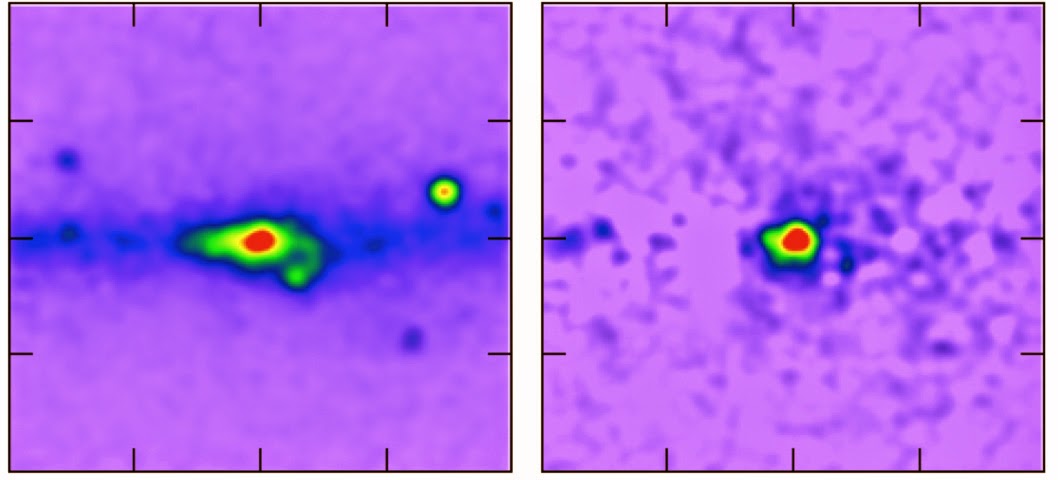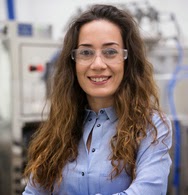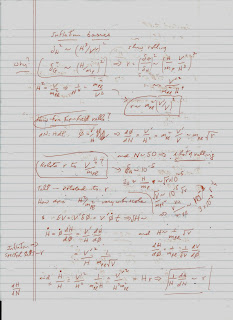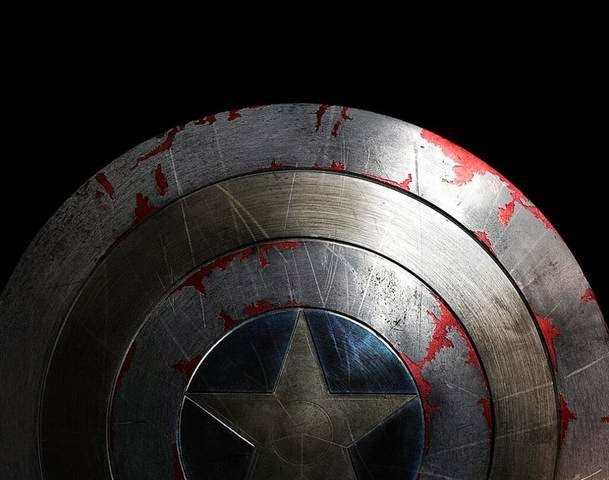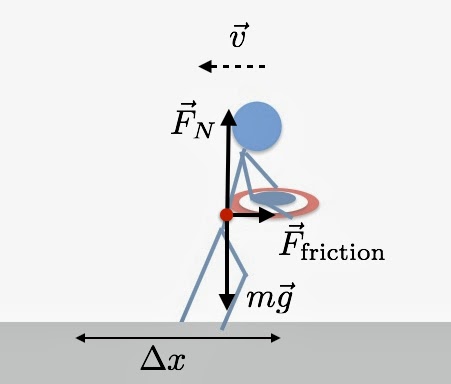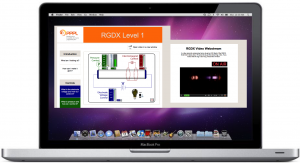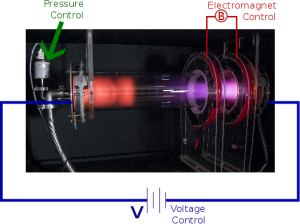I'm pickin up a conflict between the nature power people and the technology powered people to rule the planet. They duke it out by trying to reduce each other primitive savages.
The nature people (NTRs) can say a glandular hello, the Technos countered by placing a shield micro dot on their foreheads. A group of NTRs were talking when one turned without warning and winged a boomerang at a hovering ear drone, splitting it into pieces. They then went into the glandular and nodded heads toward each other.
The Techno people can't glandular connect but they do have devices for everything and a software called swarm that helps them work in masse. Techno people don't like to be solitary unless going into sensory overload, which has replaced any and all drug use. So when you see a lone person you have to figure is he naturating or chaosing.
Once a Techno challenged a NTR to a contest to see who could relay the farthest. The Techno first bounces signals off the ionosphere. He then sent signals to the furthest satellite in space. The NTR then transcribed a lengthy message from a friend on the other side of the galaxy w/pictures and a joked about a strange signal he intercepted from a busted up satellite.
The NTRs like to live simple, they are natural of course, grow food themselves, mostly for the pleasure of it. Their needs are small, they live with seasonal local foods. The Technos still use the mega farm approach to sustain their selves and are working toward synth-food with infinity shelf life.
The Technos brag how their big machines will one day build new pyramids once they can break the dense matter gravity link. The NTRs say what is matter or gravity to us? (Ooh Neal, there is no spoon!).
Sound familiar? I wonder who we be ultimate. I do think we trust too much in technology today and don't know enough about nature (MTR NTR). The key is not information and calculation but the illumination of knowledge.
